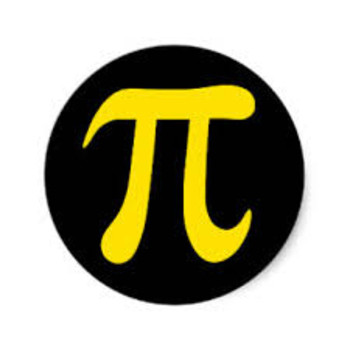Question #3912f
1 Answer
Hope these help..
Explanation:
There are several mnemonics which you can use to remember the units.
King Henry Died a miserable death called measles
Kittens Have Done much damage catching mice
Within the metric system, the units are linked by 10.
Each unit on the left is 10 times bigger than the unit on the right.
When you convert to a bigger unit (by dividing) the number gets smaller
So 10mm = 1cm and 10cm = 1dm and 10dm = 1 metre ... etc
You only really need to know the main ones
In the same way...
and
Converting with these units just involves moving the decimal point to the left or right, one place for each unit.
for eg
[The exceptions are for area and volume , where the conversion factors are 100 and 1000 respectively for each unit]
Note:
(these give the conversions between volume (based on length) and capacity)

